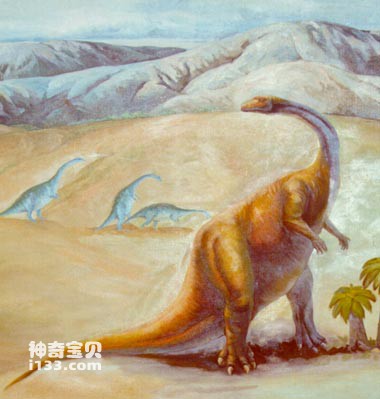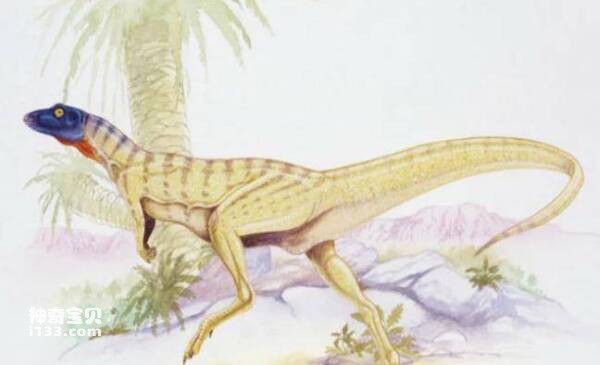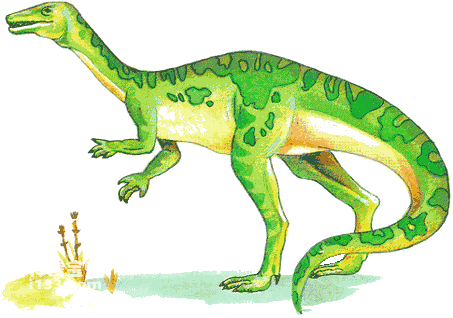Since the earliest dinosaurs appeared in the Moon Valley in Argentina 228 million years ago, they have rapidly evolved, developed and spread to every corner of the earth because they were very adapted to the ecological environment at that time. In the early Jurassic Period, which lasted from 200 million to 180 million years ago, the dinosaur family developed into its first prosperous period.

Lufeng dragon
At that time, Pangea had begun to split into two major continents, Laurasia in the north and Gondwana in the south. There is a wide ancient Mediterranean between them, which also has a beautiful name, the Tethys Sea, which is named after Tethys, the wife of the sea god in Greek mythology.
However, at the beginning of the Jurassic Period, the northern continent and the southern continent had not yet been completely separated. Therefore, dinosaurs could migrate between landmasses around the Tethys Sea.

Lesotho dragon
Geologists have discovered that the strata deposited before this period began as clastic rocks dominated by light green and gray green, with coal seams interspersed. This shows that the climate was warm and humid at that time, and the vegetation was luxuriant. Tall ferns, seed ferns, cycads and other plants form a dense forest, and there are various animals that like warmth and moisture wandering in the forest. Rivers crisscross the forest edges and in the depressions between forests, and lakes and swamps are dotted. Some large amphibians, mammals, and reptiles like pseudocrocodiles live near the water. Such a landscape may have continued into the late Triassic. In the early Jurassic, the climate began to change. The dry and hot climate replaced the warm and humid climate in the past. This can be changed from the accumulated strata to red strata, whose chemical composition is rich in calcium cement and the ubiquity of iron oxide. And wait until proven. Such a climate was widespread and global at the time. This climatic condition is undoubtedly more suitable for the development of reptiles that are completely out of the constraints of water bodies and like heat and drought. It was under such conditions that dinosaurs began to become the rulers of the terrestrial ecological environment on the earth.

Coelophysis
A large number of fossils prove that there were not many genera and species of dinosaurs during this period. These primitive dinosaurs include small theropods, paleopods and primitive ornithischians. Coelophysis, Lufengosaurus, Lesothosaurus, etc. are their representatives. These early dinosaurs were the forerunners of the various dinosaurs that later dominated the earth for more than 100 million years, and were the ancestors of various dinosaurs in the Jurassic and Cretaceous periods. Because the dinosaur fossils found on various landmasses during this period were very consistent, scientists speculated that the dinosaur fauna at that time was cosmopolitan, so they called this fauna the Ring-Tethys dinosaur fauna. Strata containing related dinosaur fossils are found in Asia, Africa, Europe and the Americas. The most representative fossil sites include the Karoo Basin and Lesotho in South Africa, Arizona, New Mexico in the United States, and Kenyat and Newark in Texas, as well as Kolarud in Argentina, India Kongta and Lufeng Basin in Yunnan, my country.
animal tags:
We created this article in conjunction with AI technology, then made sure it was fact-checked and edited by a Animals Top editor.